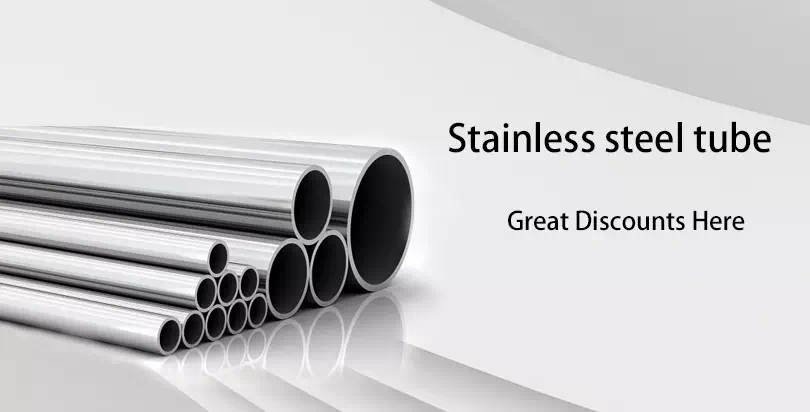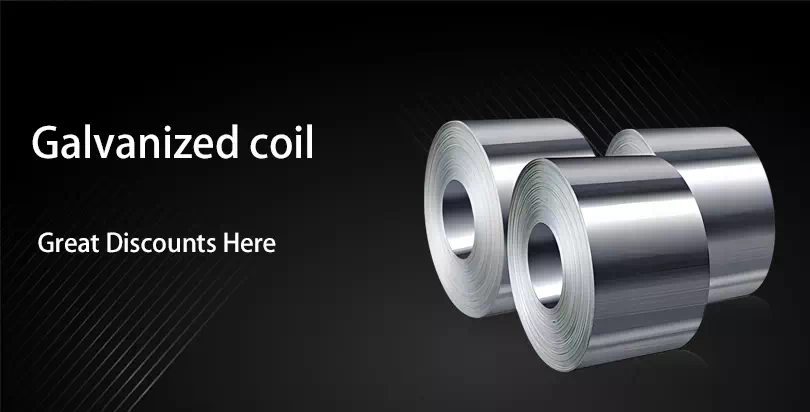Reinforced gabion net is also known as reinforced gabion net, hanging net, stone mesh belt, mountain protective net, etc., is in the hexagonal mesh weaving, plus straight wire, or vertical weaving direction or parallel direction weaving wire.
Reinforced gabion net is also known as reinforced gabion net, hanging net, stone mesh belt, mountain protective net, etc., is in the hexagonal mesh weaving, plus straight wire, or vertical weaving direction or parallel direction weaving wire. The tensile strength of the reinforced heavy hexagonal mesh is higher than that of the ordinary mesh, the diameter of the reinforced wire is generally not less than the diameter of the edge wire, and it has the rigidity and flexibility, good adaptability to the foundation, good seismic performance and resistance to reciprocating dynamic load performance, and basically no creep problem. Reinforced gabion net is a new technology of reinforced soil engineering. It is made of low carbon steel wire as the basic material, steel wire through hot dip galvanized and special coating process surface treatment, with good corrosion resistance and wear resistance. These steel wires are mechanically woven into mesh surfaces, and then manufactured into different products according to their use as structures.
Material: Low carbon steel wire
Features:
1. Reinforced gabion mesh retaining wall has the technical characteristics and advantages of safety, flexibility, permeability, durability, environmental protection, economy and so on.
2. A highly finished product. The wall and the reinforced belt are also node-free connections, eliminating the shortcomings of component nodes easy to become structural weaknesses, assembly construction, convenient and fast, high efficiency.
3. It is a kind of ecological protection network. Because the wall panel is not the concrete rigid panel of the reinforced earth retaining wall, the wall can be naturally permeable, which is conducive to the discharge of groundwater in the fill, ensuring the long-term stability of the structure, and the wall has a good stiffness, and there is no "bulging" phenomenon.
Purpose:
1. It can be used for river reinforcement. Reinforcing the embankment of the gabion net cage, generally in the embankment inside, mainly used in the river flow rate is relatively rapid place, the river scours the gabion net, rather than directly scours the embankment, so as to reduce the damage to the embankment.
2. Reinforced stone cage nets can also be used to guide river water. Rivers generally flow along the inherent channel, the river may have a naturally formed curved river, if the flood, the water is huge, the flow is swift, the water will be in the inertia, tend to flow straight, will violently impact the original channel and dike, may make the river diversion, which will cause a huge disaster.
3. The net is also applied to the spillway dam and diversion dam to guide or restrain the flood.
4. At the same time, it is also widely used in road, railway, construction and other fields, with good engineering benefits, economic benefits and environmental benefits.
Performance characteristics
1. Economy. Just put the stone in the cage to seal it.
2. The construction is simple and does not require special technology.
3. It has a strong ability to resist natural damage, corrosion resistance and adverse weather effects.
4. Can withstand a wide range of deformation, but still not collapse.
5. The silt between the cage stones is conducive to plant production and can be fused into the surrounding natural environment.
6. It has good permeability and can prevent damage caused by hydrostatic force. It is conducive to the stability of mountain slopes and beaches
7. Save transportation costs, it can be folded up for transportation and assembled on the site.
8. Good flexibility: no structural cracks, the overall structure is malleable.
9. Corrosion resistance: Galvanized materials are not afraid of seawater.
10. Environmental protection materials: cadmium (cd) < 10ppm, lead (Pb) < 50ppm, other harmful substances such as mercury (Hg), hexvalent chromium (Cr6+), polybrominated biphenyls (PBB), polybrominated diphenyl ethers (PBDE) have not been detected, fully in line with RoSH environmental standards














